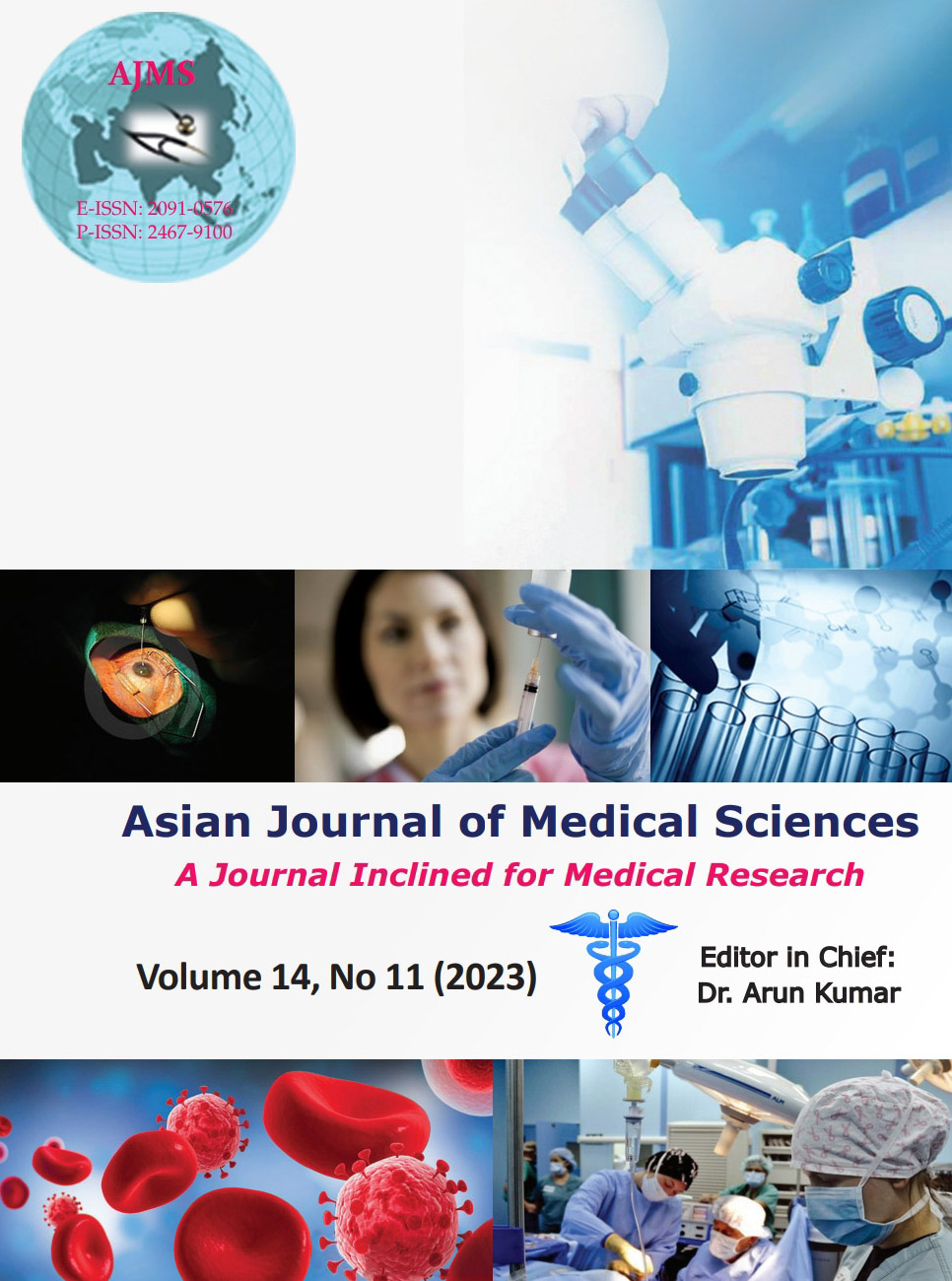A study of acute kidney injury in different poisoning cases in Bundelkhand region
Keywords:
Poisons; Acute kidney injury; Hair dye poisoningAbstract
Background: In Bundelkhand region, 15–18% of patients who are attended in the emergency setting comprises poisoning, 60–70% of which are agriculture-based poisons due to its easy accessibility. The chief complication of poisoning is acute kidney injury (AKI).
Aims and Objectives: The aim of the study was to find out the proportion of AKI in acute poisoning, the spectrum of clinical features and their complications and outcome.
Materials and Methods: The cross-sectional study was performed in patients admitted in Departments of Medicine, MLB Medical College and Hospital, Jhansi over a period of 25 months (December 2020–October 2022).
Results: In our study, there were 100 patients, 83% developed pre-renal AKI and 17% landed up into acute tubular necrosis. Maximum patients recovered, but 13 patients deteriorated, in which most presented after a lag time of 12 h of poison exposure, during the course of management, 5 patients required dialysis (3 peritoneal/2 hemodialysis). Out of 13 Patients, 11 expired and 2 improved, most of them consume celphos and insecticide.
Conclusion: Our study shows that agriculture-based chemicals are easily available and accessible for poisoning. The time lag in proper treatment and detoxification leads to various complications; an early intervention and appropriate antidote easily reverses complications and end-organ damage, whereas some cases require dialysis or ventilator support. Middle-aged male, low socioeconomic economic groups, and psychiatric issues lay as background for most poisoning cases, where financial deprivement, lack of knowledge, and awareness have major issues.
Downloads
Downloads
Published
How to Cite
Issue
Section
License
Copyright (c) 2023 Asian Journal of Medical Sciences

This work is licensed under a Creative Commons Attribution-NonCommercial 4.0 International License.
Authors who publish with this journal agree to the following terms:
- The journal holds copyright and publishes the work under a Creative Commons CC-BY-NC license that permits use, distribution and reprduction in any medium, provided the original work is properly cited and is not used for commercial purposes. The journal should be recognised as the original publisher of this work.
- Authors are able to enter into separate, additional contractual arrangements for the non-exclusive distribution of the journal's published version of the work (e.g., post it to an institutional repository or publish it in a book), with an acknowledgement of its initial publication in this journal.
- Authors are permitted and encouraged to post their work online (e.g., in institutional repositories or on their website) prior to and during the submission process, as it can lead to productive exchanges, as well as earlier and greater citation of published work (See The Effect of Open Access).




